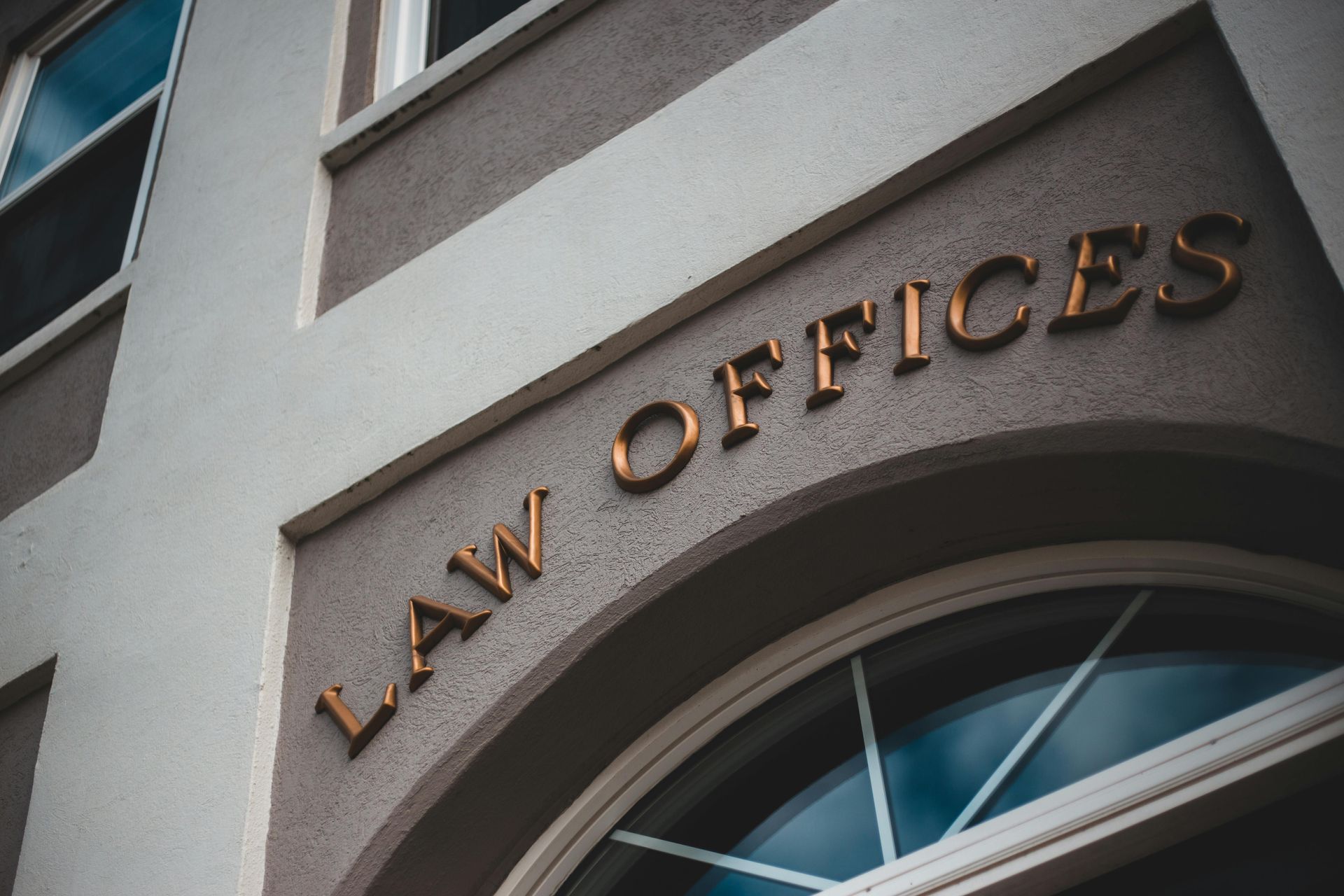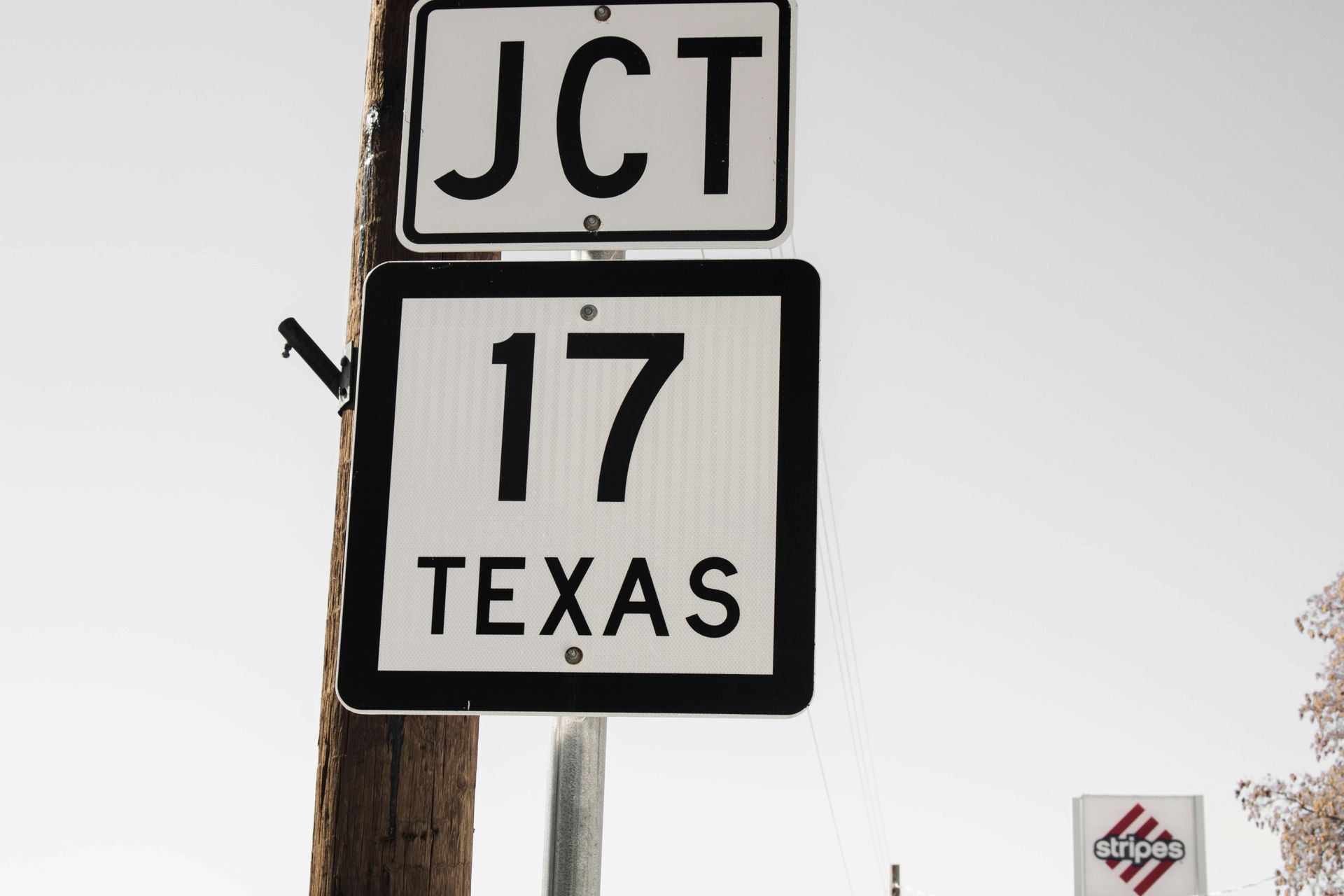Discovery Rules in Trademark Trial and Appeal Board Proceedings
ATTORNEYS IN DALLAS
Navigate the discovery process of TTAB proceedings with insights into its methods, timing, strategic advantages, and considerations, ensuring a thorough and effective legal strategy.
Discovery Rules in Trademark Trial and Appeal Board Proceedings
If you are involved in a proceeding before the Trademark Trial and Appeal Board (TTAB), you will be engaged in the discovery process, which serves the same purpose as it does in federal or state court cases. Discovery allows parties to gather facts, identify relevant witnesses, and obtain documents. The primary methods of discovery include:
(1) Requests for Admission;
(2) Requests for Production (documents);
(3) Request for Interrogatories (answered written question);
(4) Oral Depositions; and
(5) Depositions by Written Questions.
The Federal Rules of Civil Procedure apply to Board proceedings, but if the Board has its own specific rule regarding a particular discovery matter, that rule takes precedence. The Trademark Rules of Practice, found in Title 37 of the Code of Federal Regulations, also apply. As part of the discovery process, the parties will participate in a discovery conference, typically conducted via telephone. During this conference, the parties must discuss the claims, defenses, and the possibility of reaching a settlement. If settlement is not feasible, the conference should cover topics such as:
(1) any timing issues related to discovery;
(2) the specific subjects requiring discovery;
(3) the preservation of electronically stored information;
(4) claims of privilege or protection of certain materials; and
(5) any concerns regarding witness availability or scheduling.
The discovery phase is limited to six months, and written discovery requests can be served until the last day of this period, even if the response is due after the six months have passed. Initial disclosures must be made within thirty days after the start of the discovery period.
TTAB Litigation Discovery Strategy
Serving your written demands early in the discovery phase offers strategic advantages. It provides sufficient time to review your adversary's responses before conducting discovery depositions. Furthermore, if your opponent's initial responses are incomplete, you will have ample time to request further information or a more comprehensive response before the depositions take place. In most cases, a second round of discovery demands will be necessary to ensure you have all the information required for deposition preparation. Responses to interrogatories, document production requests, and requests for admission must be served within thirty days of receiving the request. Evidence requested but not produced may be excluded from consideration.
If the demanding party requests an excessive number of items, the Board has ruled that the responding party may submit representative samples of responses. This discourages the practice of burdening the opposing party with overly demanding requests. In the discovery phase, there is often a tendency to seek broad information due to the liberal rules governing discovery under the Federal Rules of Civil Procedure. Essentially, according to Rule 26(b)(1), a party may obtain discovery of any non-privileged matter that is relevant to the claim or defense. The Board emphasizes this general principle by stating that discovery should be allowed unless it is absolutely clear that the requested information cannot possibly have any bearing on the issues involved in the specific proceeding (Varion Associates v. Fairfield-Noble Corp., 188 USPQ 581, 583 (TTAB 1975)).
- 66(a) Applications
- Abandoning a Trademark Application or Withdrawing a TTAB Proceeding
- Abandonment and Nonuse
- Abbreviations as Trademarks
- Accelerated Case Resolutions
- Acquired Secondary Trademark Meaning
- Amending Trademark Application
- Assigning a Trademark
- Assigning a Trademark and the Intent to Use Application
- Avoiding Fraud on Trademark Applications
- Avoiding Trademark Litigation
- Basis for Filing a Trademark
- Benefits of Registering a Trademark
- Bona Fide Intent to Use
- Celebrity Trademarks
- Challenging the Relatedness Factor
- Challenging Trademark Rights
- Claims in a Notice of Opposition
- Co-Existence Agreements
- Common Law Trademarks in the Internet Era
- Common Law Use and Priority
- Conflicting Marks
- Consent Agreements
- Constructive Use Priority
- Dates of Use
- Defenses in Opposition and Cancellation Proceedings
- Descriptive or Generic Trademarks
- Design Marks
- Design Trademarks
- Determining Trademark Similarities
- Discovery in TTAB Proceedings
- Dividing a Trademark Application
- Drawing Page
- Electronic Display Specimens for Trademarks
- Evidence in TTAB Proceedings
- Evidence of Acquired Distinctiveness
- Expediting Trademark Cancellation for Nonuse or Abandonment
- Extending Time to Oppose
- Factors of a Likelihood of Confusion Analysis
- False Suggestions of Connection
- Famous Trademarks and Likelihood of Confusion and Dilution
- Filing an Opposition or Cancellation Proceedings
- First Sale Doctrine
- Five Years of Use
- Foreign Trademark Rights
- Generic Trademarks
- Geographic Trademarks
- Hiring Trademark Counsel
- Immoral and Scandalous Trademarks
- Incontestability of U.S. Trademarks
- International Trademark Filings
- Joint Trademark Ownership
- Lawful Use of a Trademark in Commerce
- Likelihood of Confusion Analysis
- Likelihood of Confusion Refusal
- Merely Descriptive Trademarks
- Multiple Bases for a Trademark Application
- Overcoming and Ornamentation Trademark Refusal
- Personal Name Trademarks
- Principal and Supplemental Registers
- Protecting Single Creative Works
- Recording Trademark Assignments
- Refusal of a Trademark
- Refusing a Trade Dress Application
- Registering a Certification Trademark
- Registering a Service Mark
- Registering a Trademark That Lacks Inherent Distinctiveness
- Registering an International Trademark
- Relatedness of Goods or Services
- Request for Reconsideration in Trademark Office Action
- Requirements for International Trademark Application
- Revive an Abandoned Trademark Application
- Secondary Meaning
- Source Confusion
- Special Trademark Applications
- Standard Character and Special Format Marks
- Standing in Opposition and Cancellation Proceedings
- State Trademark Registration
- Statement of Use Extensions
- Tacking Doctrine
- Technical Trademark Use
- The Supplemental Register
- Trade Dress
- Trade Dress Application
- Trademark Application
- Trademark Clearance Searches
- Trademark Disclaimers
- Trademark Licensing
- Trademark of Authors, Performing Artists, and Characters
- Trademark Ownership
- Trademark Protection In Texas
- Trademark Settlements
- Trademark Specimens
- Trademark Specimens
- Trademark Use by Related Company
- Trademark Use in Advertising
- Trademark Use in Commerce
- Trademarking a Distinctive Mark
- Trademarking a Hashtag
- Trademarks for Musical Artists
- TTAB Discovery Rules
- TTAB Proceedings
- U.S. Service Mark
- U.S. Trade Dress
- Understanding Trade Channels
- Unitary U.S. Trademark
- Universal Symbols as Trademarks
- Using Secondary Sources
- What is an Ex Parte Appeal?
- Where to Register a Trademark
- Who Must File a Trademark?
TTAB Litigation Strategy For Confidential Documents
Discovery frequently involves the production of confidential documents, including sales figures, advertising expenses, and marketing plans. The responding party may protect the confidentiality of such documents through a protective order. It is the responsibility of the responding party to designate the information or materials as confidential in accordance with the terms of the protective order; otherwise, they will not be treated as confidential. If discovery is not provided, the demanding party may file a motion to compel discovery before the first testimony period begins. Another type of motion that can be filed is a motion to determine the sufficiency of an answer or objection to a request for admission. Parties also have the option to schedule a telephone conference to resolve any disputes arising during the discovery process.
TTAB Litigation Discovery Period
The discovery phase is limited to six months, and written discovery requests can be served until the last day of this period, even if the response is due after the six months have passed. Initial disclosures must be made within thirty days after the start of the discovery period.
Contact an Experienced Trademark Attorney
If you need legal advice regarding your trademark rights, assistance with trademark prosecution, or representation in a domain name dispute, contact Wilson Whitaker Rynell. Our team of trademark lawyers has extensive experience in all aspects of trademark and copyright law, including the filing of trademark applications and representing clients in defense or prosecution before the Trademark Trial and Appeal Board.
CLIENT MATTERS
5,000+
YEARS OF SERVICE
25+
Award Winning
Recognized in the legal industry as dedicated board-certified lawyers and Rising Stars.
Expert Team
Your project will be handled by legal experts every time. You will have the most experienced attorneys working for you.
Quality Representation











